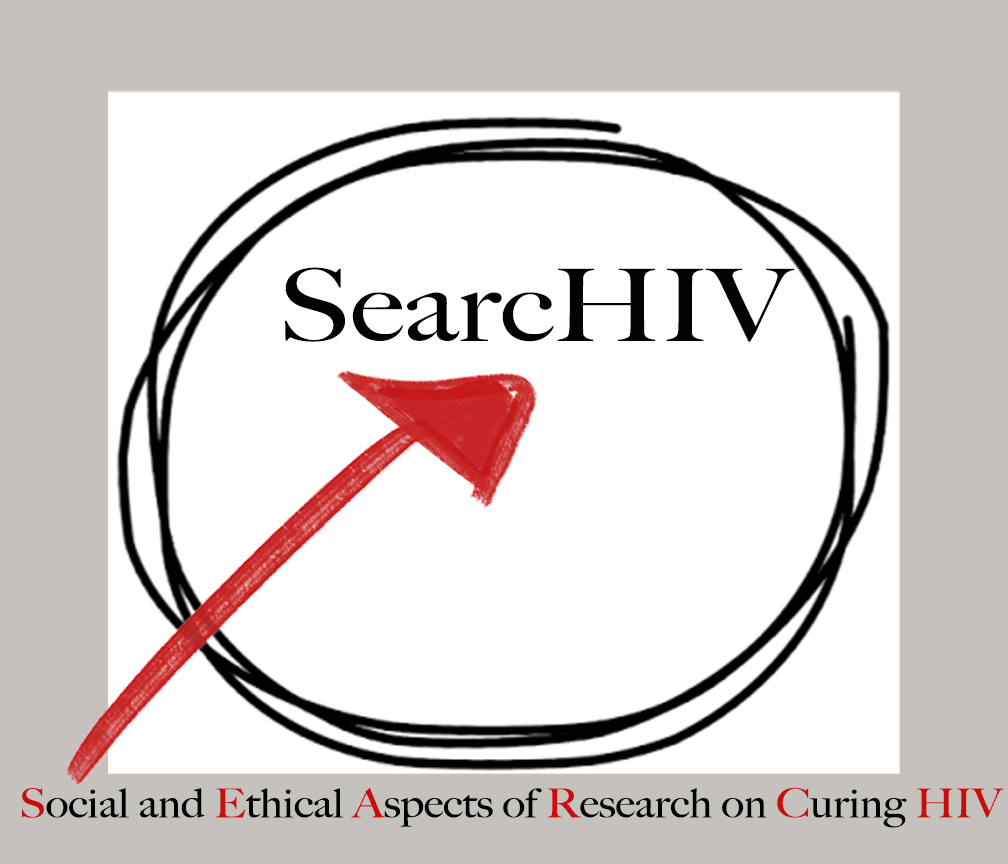By Ying-Ru Lo
HIV, once a death sentence, has become a manageable chronic disease with the introduction of antiretroviral treatment two decades ago. This would not have been possible without the constant dialogue between scientists, policy makers, and AIDS activists. Today, we are at another crossroads. Several case reports have galvanized the scientific world for finding an HIV cure.
When HIV-infected people stop taking antiretroviral medicines, levels of HIV typically skyrocket within weeks. Two of the most well-known cases of patients who did not immediately relapse are Timothy Ray Brown and the Mississippi baby.
In 2006, after living with the virus for 11 years and controlling his infection with antiretroviral treatment, Timothy Ray Brown, an American living in Berlin, learned that he had developed acute leukemia. Chemotherapy failed and he received a blood stem cell transplant with HIV resistant cells. Researchers scouring Brown’s blood were not able to detect viral genetic material for over 6 years. To this day, Timothy Ray Brown is the only person considered to be cured of HIV.
The second human case was a child known as the “Mississippi baby”—an infant seemingly cured of HIV has detectable levels of HIV after more than two years of not taking antiretroviral therapy without evidence of virus. The infant was started at 30 hours after delivery on antiretroviral treatment.
Clinical and basic science efforts to find an HIV cure are dominated primarily by issues around the nature and design of current and future clinical trials. There are more than 50 on-going clinical trials related to HIV cure.
Within HIV cure research, it is important to engage the various stakeholders within the HIV field. The Denver Principles, which called for respect and involvement of civil society at every level of decision-making, apply to HIV cure. This should start from planning of types of clinical trials, and continue during the study and dissemination of results.
Two decades ago, the direct involvement of AIDS activists in every aspect of a research agenda led to mechanisms such as the Community Constituency Group of the AIDS Clinical Trials Group and local advisory boards. However stakeholder engagement in HIV cure research does not equal setting up a CAB. As disappointing findings emerge from several key studies, communication to trial participants and the public are important.
In our recent paper, Stakeholder engagement in HIV cure research: Lessons learned from other HIV interventions and the way forward (currently in press at AIDS Patient Care and STDs), we examine timing and mechanisms of historical stakeholder engagement in other HIV research areas for HIV-uninfected individuals (vaccine development and pre-exposure prophylaxis (PrEP)), and HIV-infected individuals (treatment as prevention, prevention of mother-to-child transmission and treatment of acute HIV infection) and articulate a plan for HIV cure stakeholder engagement.
We propose that early and inclusive stakeholder engagement should also apply to HIV cure research.
Read about WHO in the Western Pacific at http://www.wpro.who.int/hiv/en/

